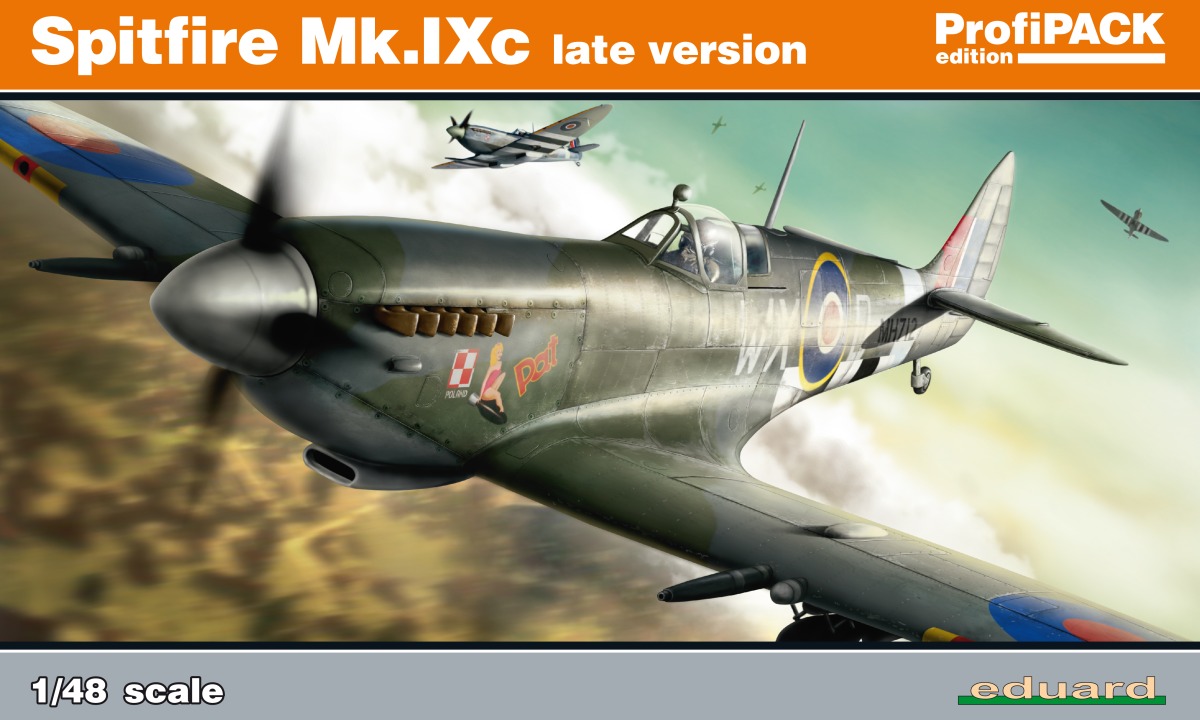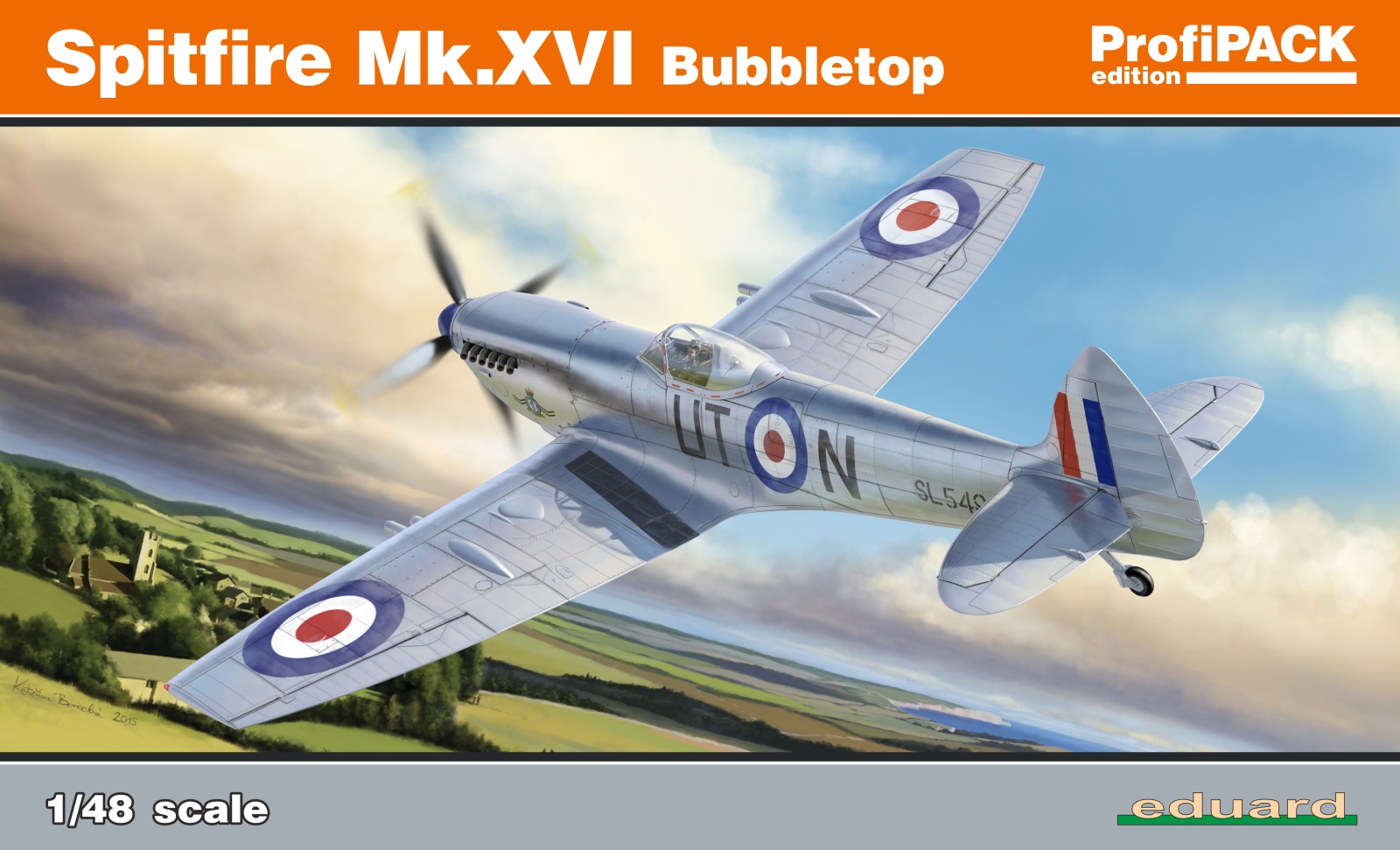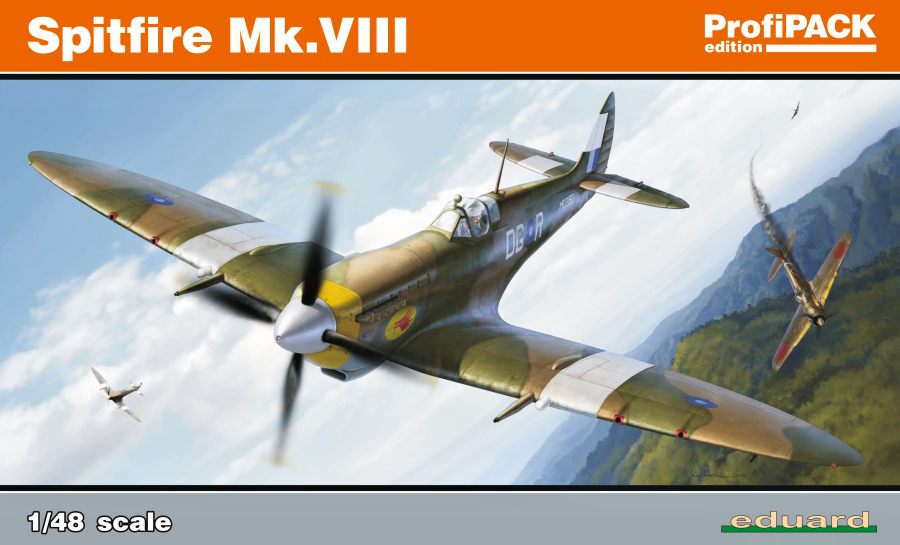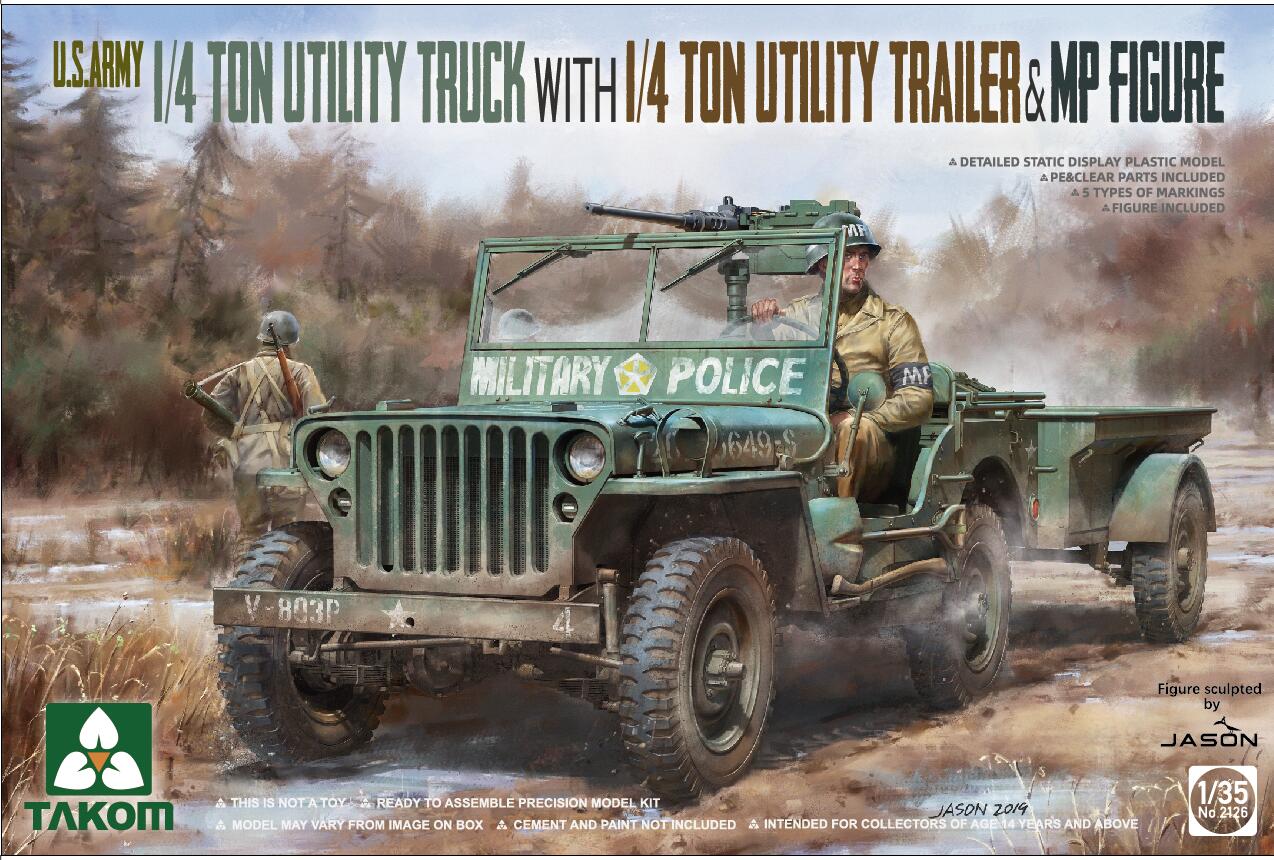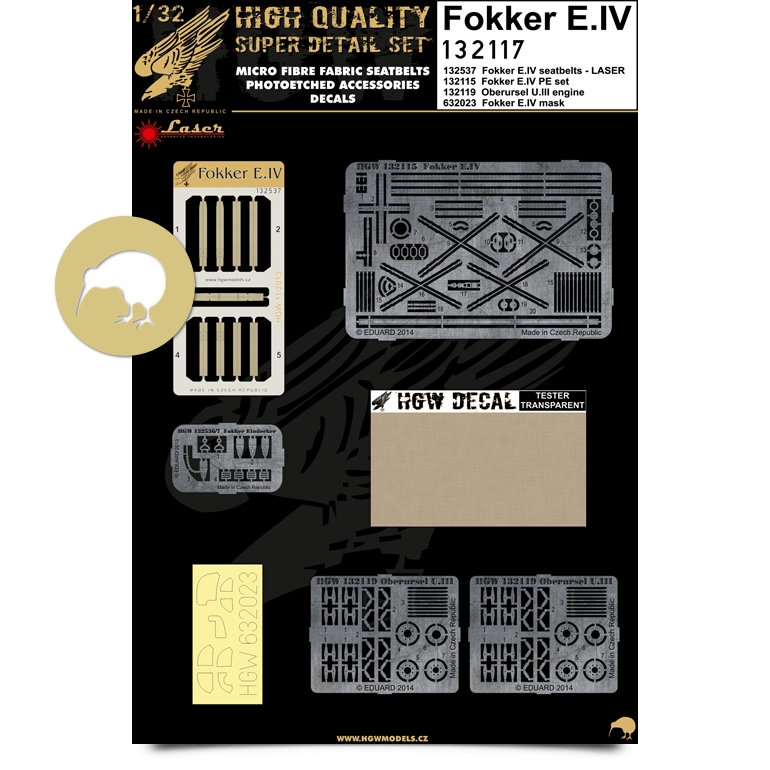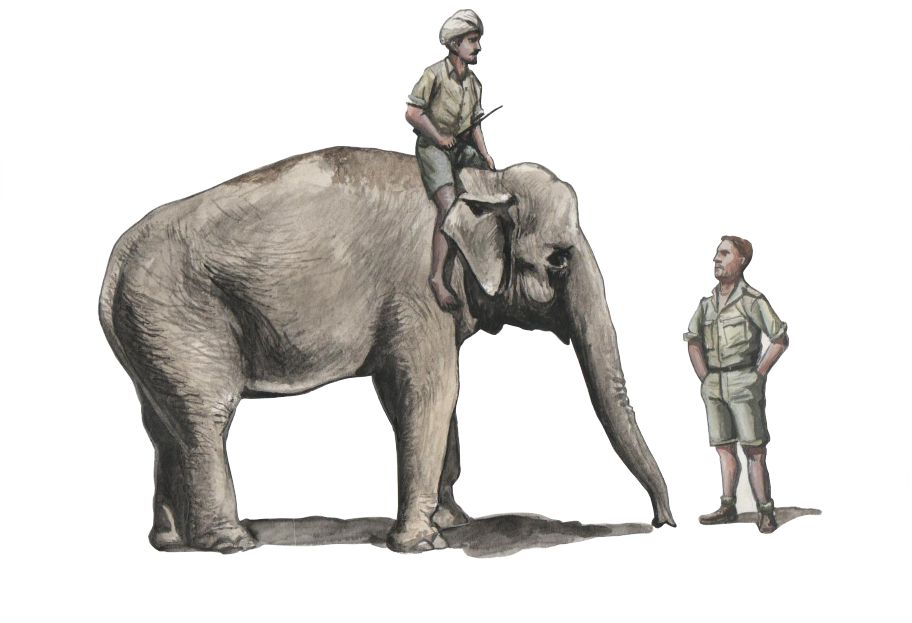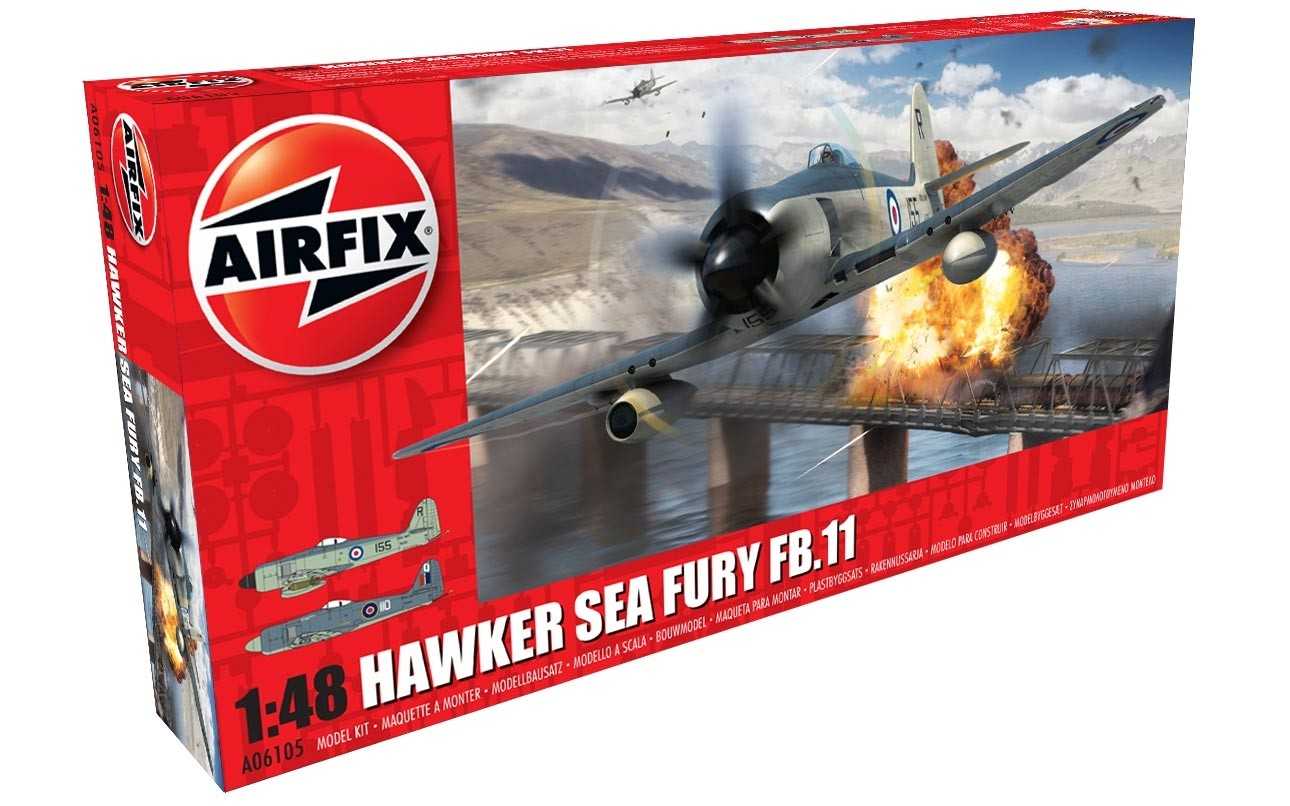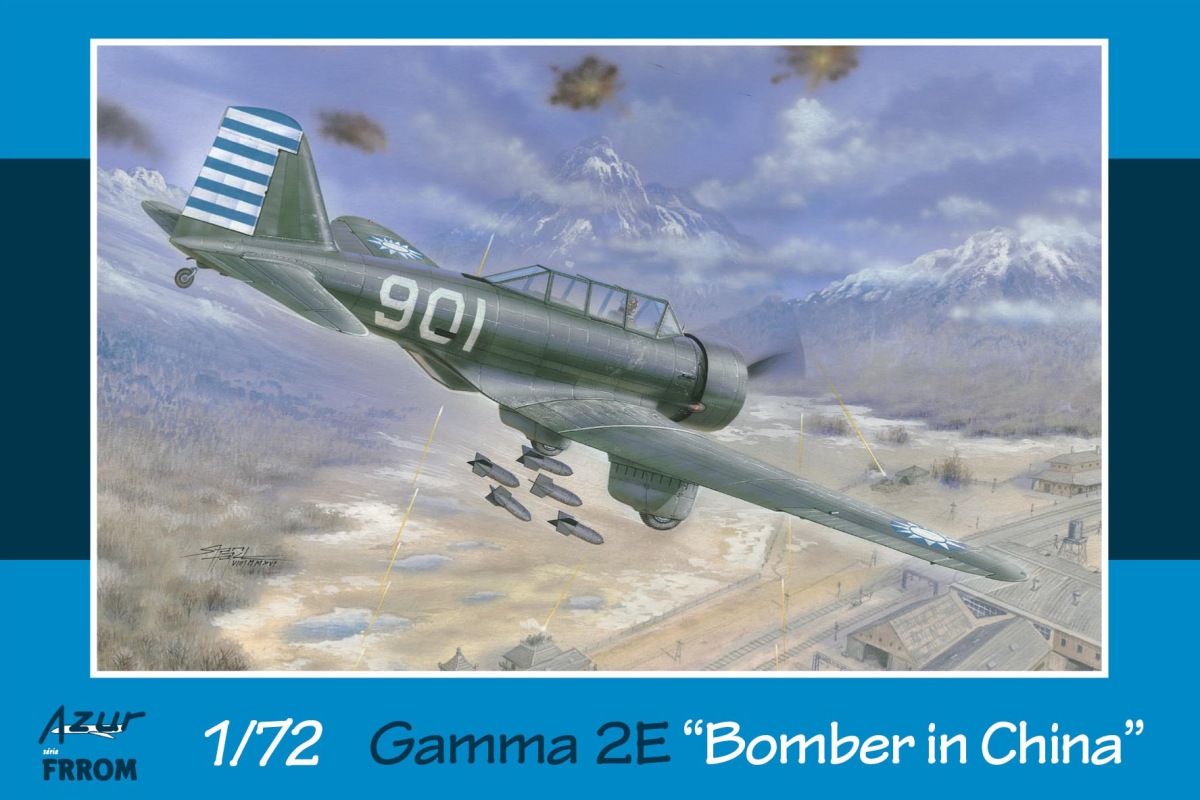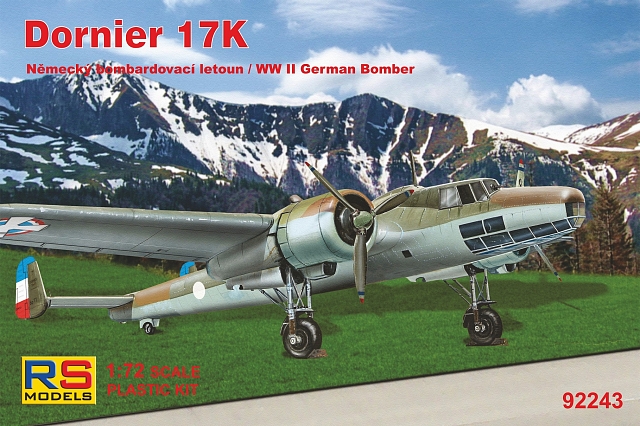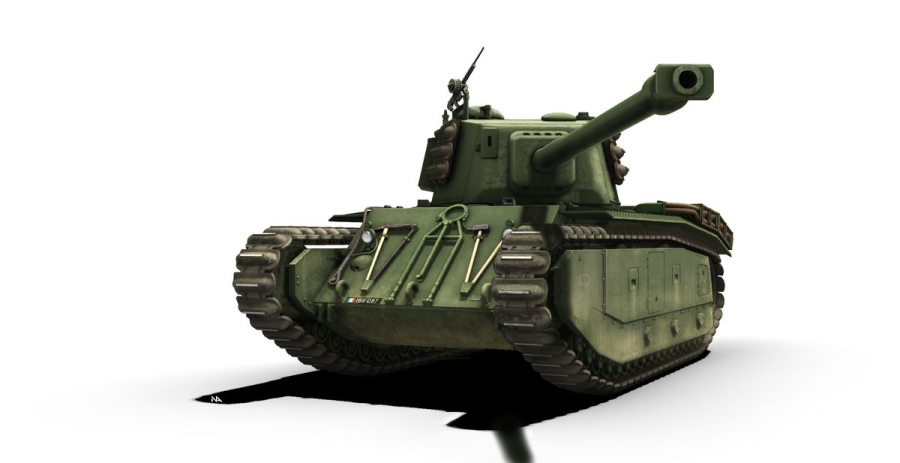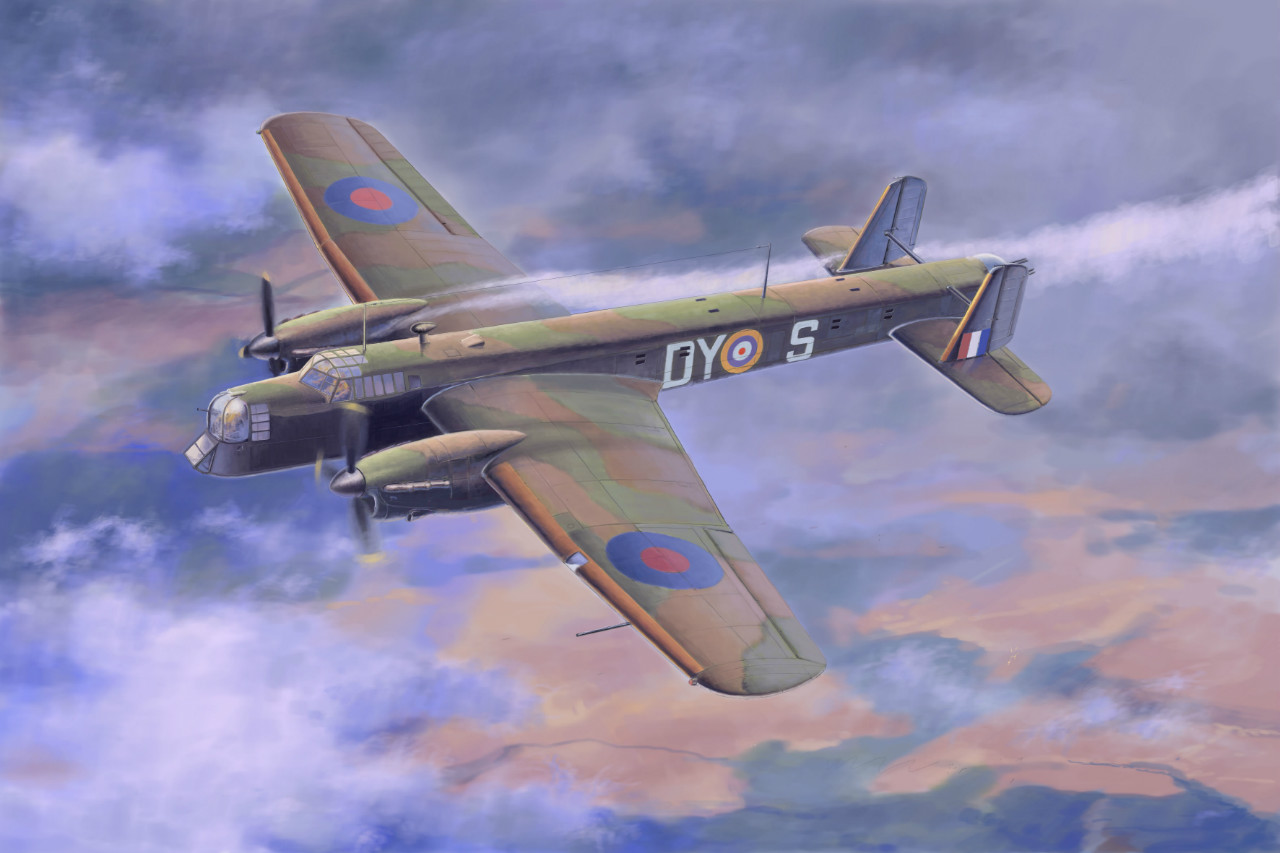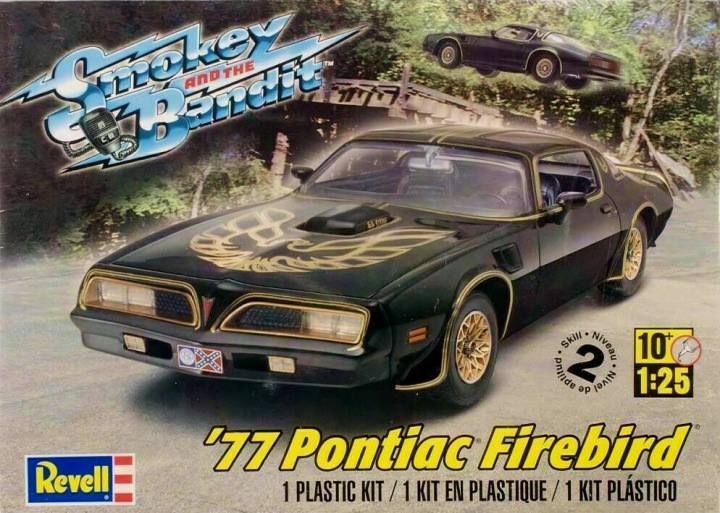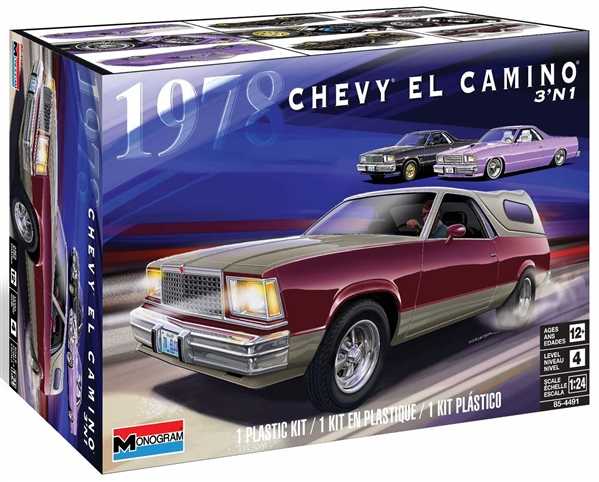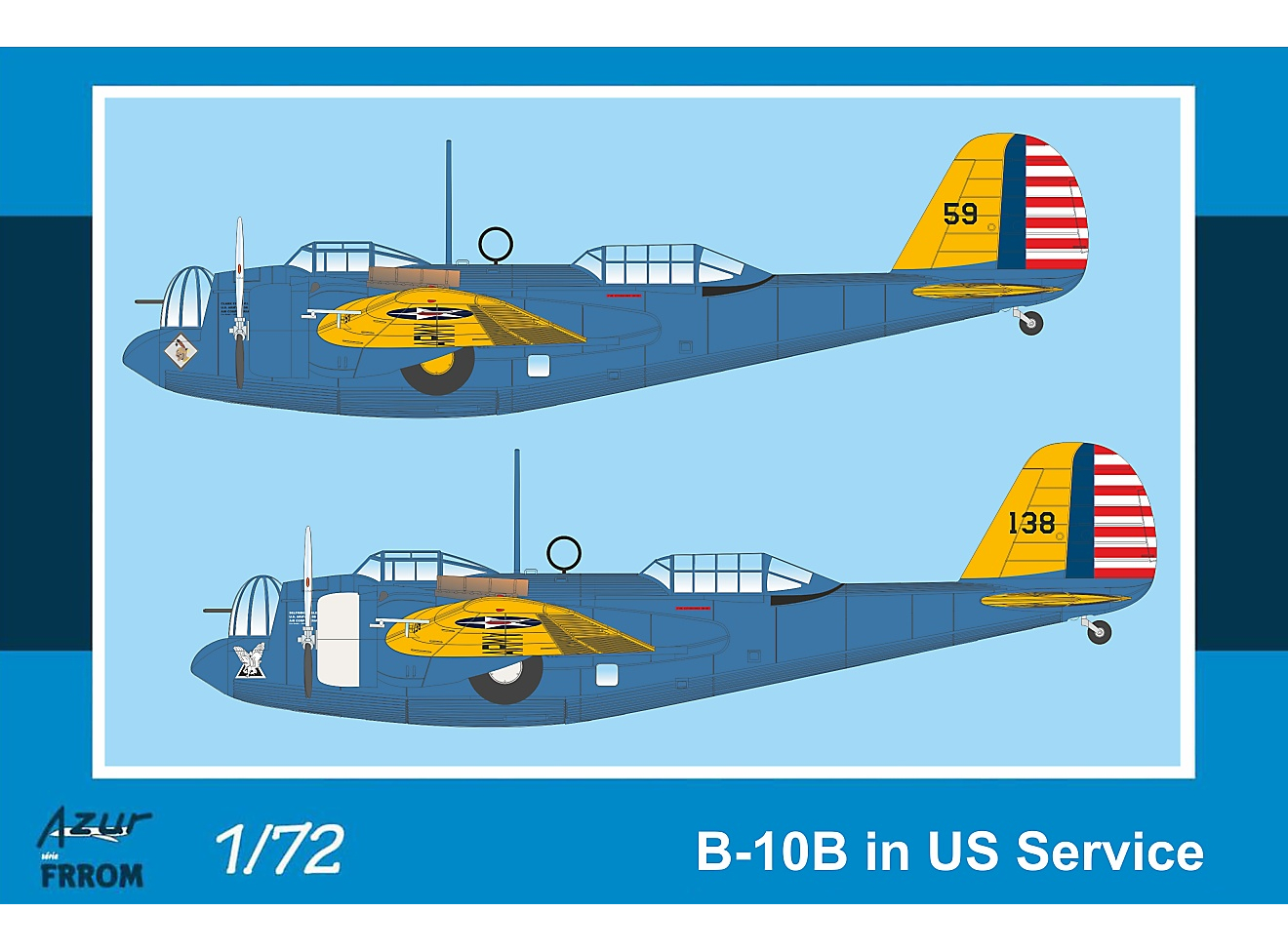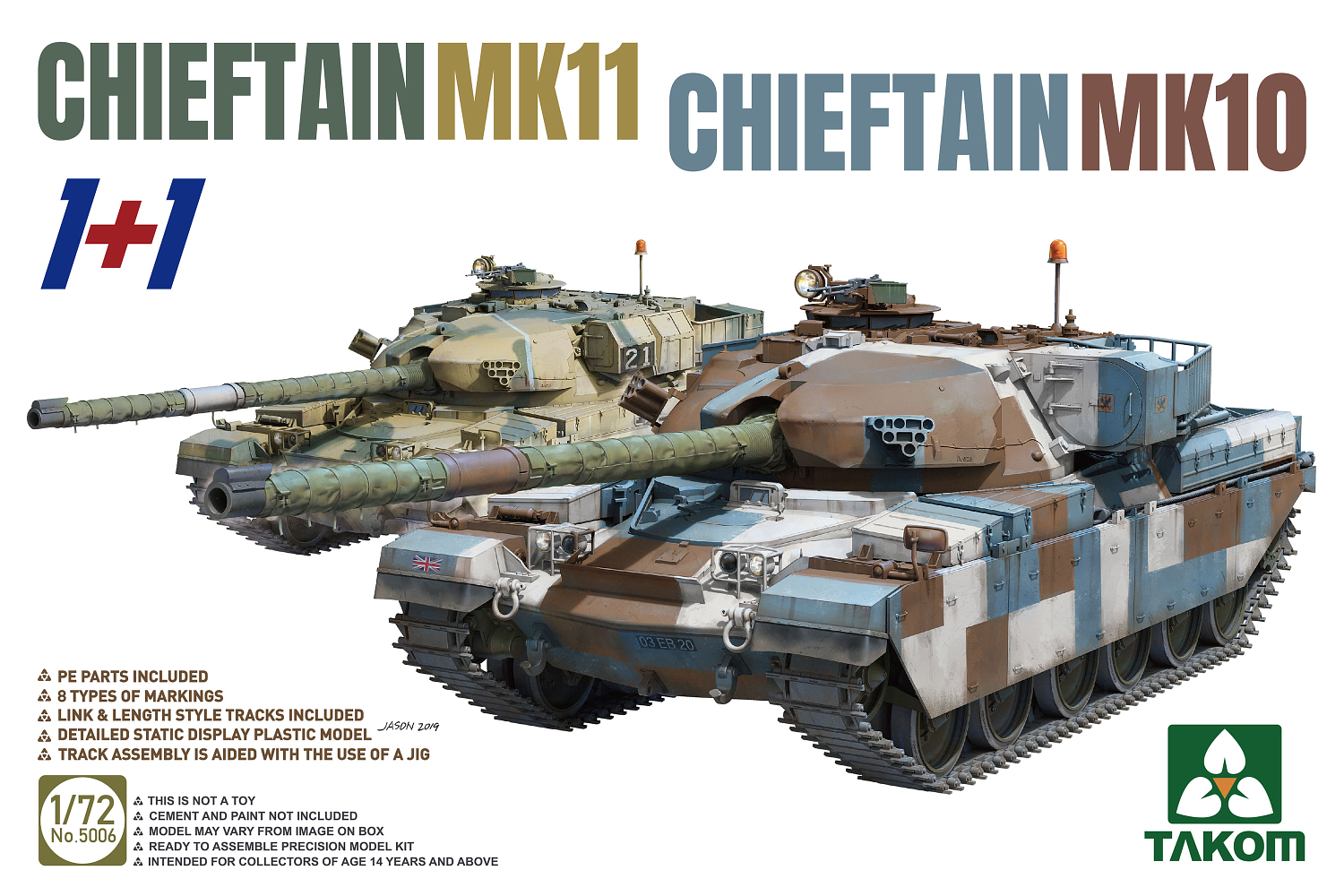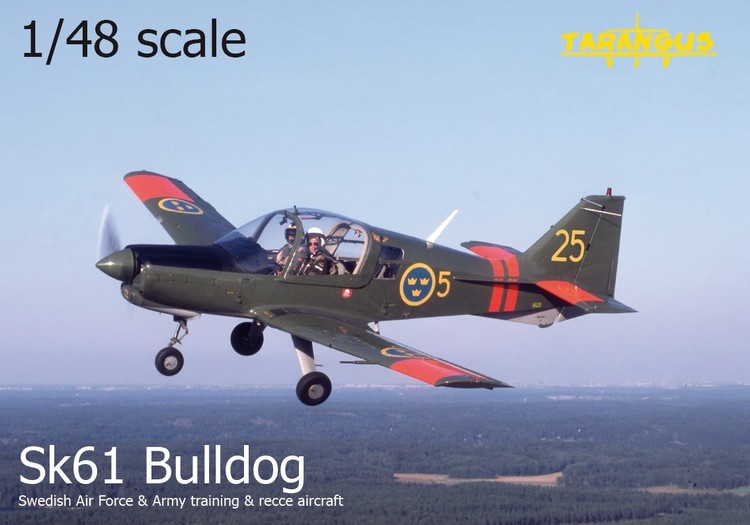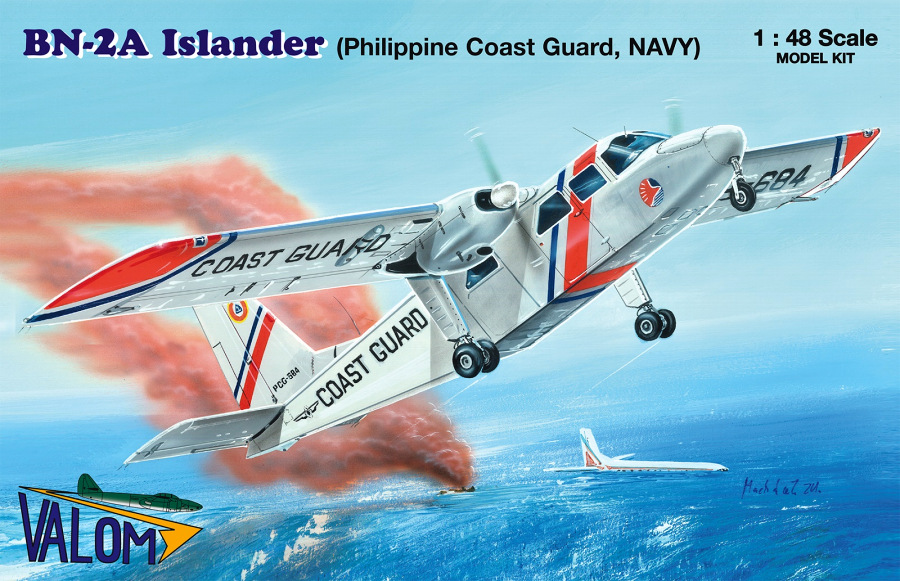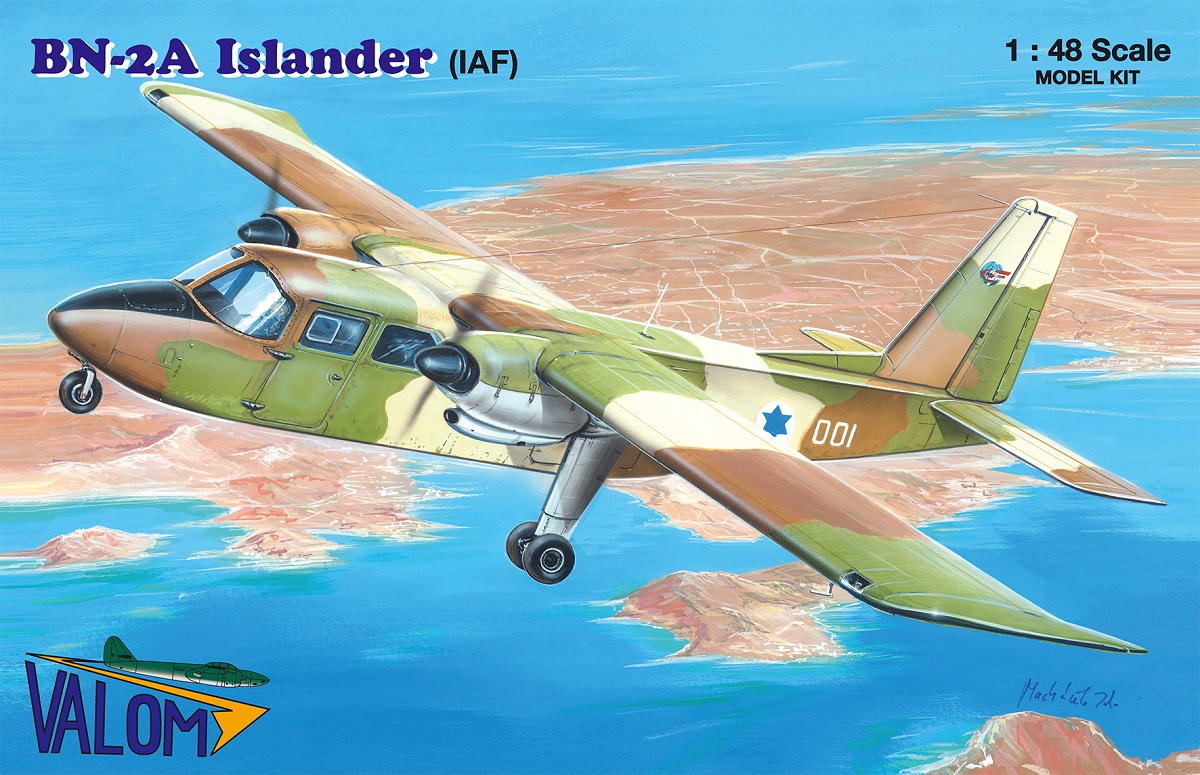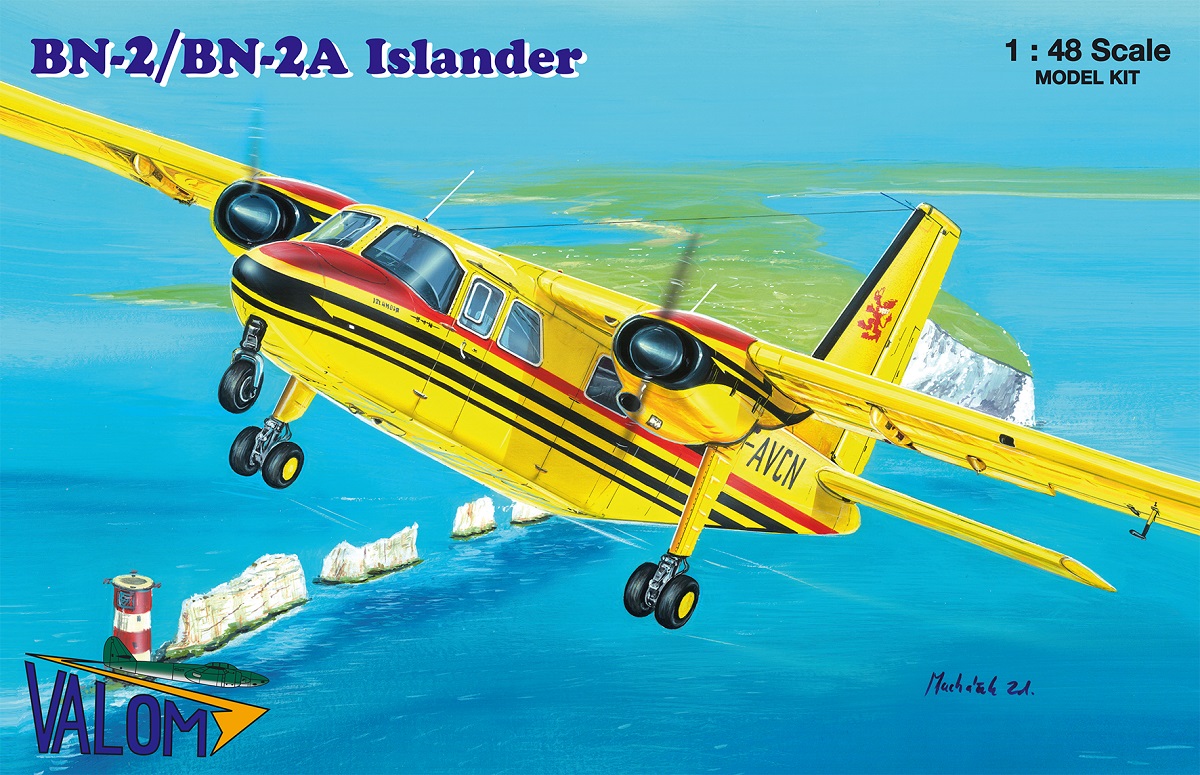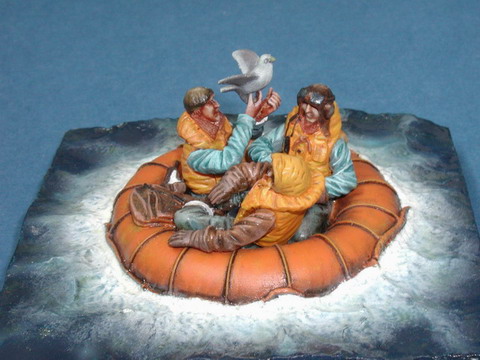Modely
Celkem 849 produktů
1/35 US Army Jeep + trailer & MP figure. Powered by a 60hp engine, the U.S. Army 1/4-ton trucks were wildly popular off-road capable light utility vehicles, built in large numbers to a standardized design from 1941 to 1945, for the Allied forces in World War II. With an operational range of 300 miles, the 1/4-ton truck became the primary light wheeled transport vehicle of the United States military and its allies in World War II, as well as the postwar period. About 650,000 units were built, constituting a quarter of the total U.S. non-combat motor vehicles produced during the war, with large numbers being provided to U.S. allies. Release Date:Aug 2019 Item Size/Weight:30.3cm x 20.0cm x 5.0cm / 250g
1/35 US Army Jeep + trailer & MP figure. Powered by a 60hp engine, the U.S. Army 1/4-ton trucks were wildly popular off-road capable light utility vehicles, built in large numbers to a standardized design from 1941 to 1945, for the Allied forces in World War II. With an operational range of 300 miles, the 1/4-ton truck became the primary light wheeled transport vehicle of the United States military and its allies in World War II, as well as the postwar period. About 650,000 units were built, constituting a quarter of the total U.S. non-combat motor vehicles produced during the war, with large numbers being provided to U.S. allies. Release Date:Aug 2019 Item Size/Weight:30.3cm x 20.0cm x 5.0cm / 250g
1/35 Einheitsanhänger 5t. The Anhänger 5T or 5 tonne trailer, known by the official nomenclature of „Einheitsanhanger 5 t Baumuster E 5“ was the standard medium military trailer of the German military throughout the second world war. With a load capacity of 5 tonnes, and an empty weight of approximately 2.5 tonnes, the Anhänger 5t could be seen hauling material anywhere the German military was active. Also utilized by the Luftwaffe and Kriegsmarine for transportation duties, the Anhanger 5t proved so rugged and useful that it continued to serve other masters well after the end of hostilities Highly detailed static plastic model Fine detailed multi disc wheels with sag Side and rear panels buildable in 2 different options (raised or lowered) Specific decalsheet included Drawbar and front axle fully movable
1/35 Einheitsanhänger 5t. The Anhänger 5T or 5 tonne trailer, known by the official nomenclature of „Einheitsanhanger 5 t Baumuster E 5“ was the standard medium military trailer of the German military throughout the second world war. With a load capacity of 5 tonnes, and an empty weight of approximately 2.5 tonnes, the Anhänger 5t could be seen hauling material anywhere the German military was active. Also utilized by the Luftwaffe and Kriegsmarine for transportation duties, the Anhanger 5t proved so rugged and useful that it continued to serve other masters well after the end of hostilities Highly detailed static plastic model Fine detailed multi disc wheels with sag Side and rear panels buildable in 2 different options (raised or lowered) Specific decalsheet included Drawbar and front axle fully movable
1/32 Fokker E.IV - Super Detail Set - Photo-etched Sets - Wingnut Wings. Highly detailed set suitable for Fokker E.IV by Wingnut Wings in 1/32 scale. Pack contains unique textile seatbelts made from real micro fibre; photo etched parts developed in cooperation with Eduard company and also masks for more comfortable painting. Fokker E.IV | Seatbelts | 132537 Fokker E.IV | Photo Etched Parts | 132115 Fokker E.IV | Engine (Oberursel U.III) PE Set | 132119 Fokker E.IV | Masks | 632023 HGW Decal | Tester Set is designed for vintage aircraft model from Wingnut Wings.
1/32 Fokker E.IV - Super Detail Set - Photo-etched Sets - Wingnut Wings. Highly detailed set suitable for Fokker E.IV by Wingnut Wings in 1/32 scale. Pack contains unique textile seatbelts made from real micro fibre; photo etched parts developed in cooperation with Eduard company and also masks for more comfortable painting. Fokker E.IV | Seatbelts | 132537 Fokker E.IV | Photo Etched Parts | 132115 Fokker E.IV | Engine (Oberursel U.III) PE Set | 132119 Fokker E.IV | Masks | 632023 HGW Decal | Tester Set is designed for vintage aircraft model from Wingnut Wings.
1/35 Pz.Sfl. Ia - 5cm Pak 38 auf gp. Mun Schlepper VK3.02. Plastová sada pro samohybný tankový kanón Ia s protiletadlovým kanónem 5 cm na obrněném muničním traktoru VK3.02 - bez figurek - segmentové řetězy - 4 možnosti značení Pro Pz.Sfl.Ia 5cm Pak 38 na GP Mun.Schlepper. Po vítězství na západě 5. července 1940 pověřil In 6 Wa Prüf vývoj stíhače lehkých tanků. To by mělo být určeno pro výsadkové jednotky a nemotorizované pěchotní divize. Společnost WaPrüf pověřila společnost Rheinmetall-Borsig vývojem 5 cm Pak 38 L / 60 na podvozku muničního traktoru od společnosti Borgward. Pro úsporu hmotnosti byl vyžadován Schottenpanzer se dvěma 4 mm silnými pancéřovými deskami vpředu a pro dělo, stejně jako se dvěma 3 cm pancéřovými deskami po stranách a vzadu. Tato tloušťka je dost na to, aby byly bezpečné 7,92 mm SMK. Podvozek byl upravený muniční traktor VK 3.02, poháněn 2,3litrovým motorem Borgward 50 HP, který umožnil 4,5tunovému vozidlu dosáhnout rychlosti 30 km / h. Posádku tvořili 3 muži (velitel / střelec, řidič a nakladač. V tankovém programu 41 ze dne 30. května 1941 je poptávka po tomto vozidle uvedena na 3144 kusů. Zahájení výroby bylo plánováno na rok 1943 s výkonem 100 kusů od 1. dubna 44 a od 200 kusů od 1. dubna 45. Dvě experimentální zařízení byla vyrobena do 1. července 42 a skenována pro testování vojsk. 8. srpna 1942 o tancích informovala 19. tanková divize, ale zpráva je ztracena. Měřítko 1:35
1/35 Pz.Sfl. Ia - 5cm Pak 38 auf gp. Mun Schlepper VK3.02. Plastová sada pro samohybný tankový kanón Ia s protiletadlovým kanónem 5 cm na obrněném muničním traktoru VK3.02 - bez figurek - segmentové řetězy - 4 možnosti značení Pro Pz.Sfl.Ia 5cm Pak 38 na GP Mun.Schlepper. Po vítězství na západě 5. července 1940 pověřil In 6 Wa Prüf vývoj stíhače lehkých tanků. To by mělo být určeno pro výsadkové jednotky a nemotorizované pěchotní divize. Společnost WaPrüf pověřila společnost Rheinmetall-Borsig vývojem 5 cm Pak 38 L / 60 na podvozku muničního traktoru od společnosti Borgward. Pro úsporu hmotnosti byl vyžadován Schottenpanzer se dvěma 4 mm silnými pancéřovými deskami vpředu a pro dělo, stejně jako se dvěma 3 cm pancéřovými deskami po stranách a vzadu. Tato tloušťka je dost na to, aby byly bezpečné 7,92 mm SMK. Podvozek byl upravený muniční traktor VK 3.02, poháněn 2,3litrovým motorem Borgward 50 HP, který umožnil 4,5tunovému vozidlu dosáhnout rychlosti 30 km / h. Posádku tvořili 3 muži (velitel / střelec, řidič a nakladač. V tankovém programu 41 ze dne 30. května 1941 je poptávka po tomto vozidle uvedena na 3144 kusů. Zahájení výroby bylo plánováno na rok 1943 s výkonem 100 kusů od 1. dubna 44 a od 200 kusů od 1. dubna 45. Dvě experimentální zařízení byla vyrobena do 1. července 42 a skenována pro testování vojsk. 8. srpna 1942 o tancích informovala 19. tanková divize, ale zpráva je ztracena. Měřítko 1:35
1/35 SA-N-7 & SA-N-12 (2-in-1 Kit) - Takom. SA-N-7 „Gadfly“ je kód NATO rakety 9M38 vyvinuté v Sovětském svazu a je raketou provozovanou raketovým systémem protivzdušné obrany flotily 3K90 „Uragan“, což je pozemní typ lodi - na bázi 9K37 "Buk." Kód NATO SA-N-12 „Grizzly“ je raketa, která se také používá v námořním protiletadlovém raketovém systému středního doletu 3K37 „Yosh“.
1/35 SA-N-7 & SA-N-12 (2-in-1 Kit) - Takom. SA-N-7 „Gadfly“ je kód NATO rakety 9M38 vyvinuté v Sovětském svazu a je raketou provozovanou raketovým systémem protivzdušné obrany flotily 3K90 „Uragan“, což je pozemní typ lodi - na bázi 9K37 "Buk." Kód NATO SA-N-12 „Grizzly“ je raketa, která se také používá v námořním protiletadlovém raketovém systému středního doletu 3K37 „Yosh“.
Classic Kit letadlo A06105 - Hawker Sea Fury FB.II (1:48) - nová forma. Model letadla ke slepení. Velikost: 1:48; 23,1 cm. Balení obsahuje: 123 dílků ke slepení. Informace o originálu: Hawker Sea Fury, jedno z nejschopnějších stíhacích letadel s pístovým motorem, které kdy bylo vyrobeno, a také poslední, které nastoupilo do služby u britského námořního letectva Fleet Air Arm, představovalo naprostý vrchol v konstrukci stíhaček s tímto typem motoru. Tento stroj byl představen teprve po skončení druhé světové války, a tak se dostal během války v Koreji do boje proti některým nejranějším proudovým letadlům, proti kterým si však vedl opravdu velice dobře. Počátky vývoje letounu lze vystopovat až do roku 1942, kdy na letecké základně RAF v jižním Walesu neúmyslně přistál německý Focke Wulf FW 190. Britové tak získali jedinečnou příležitost prozkoumat a vyhodnotit tento nejnovější letoun Luftwaffe a na základě toho si vyžádali nový návrh britského letadla, které by bylo bezpodmínečně lepší než Focke Wulf ve všech ohledech a letových fázích a umožnilo tak RAF zajistit vzdušnou převahu. Vývoj nového stroje se však protahoval a postupně se měnily požadavky na řadu specifikací, až nakonec RAF ztratilo zájem a nový letoun se vyráběl čistě pro potřeby námořnictva. Jednalo se přitom o nesmírně silný letoun a vzlétat s ním z paluby pohybující se letadlové lodě vyžadovalo nervy z oceli. První testy přistávání na palubách započaly v zimě roku 1946 a námořnictvo tak dostalo svůj nejlepší stíhací letoun s pístovým motorem. I přes příchod proudových motorů zůstal Sea Fury hlavním jednomístným stíhacím letadlem Fleet Air Arm až do roku 1953, kdy ho nahradil proudový Hawker Sea Hawk. Fury kromě toho sloužil i u řady dalších zámořských letectev a v řadě operačních rolí včetně úlohy útočného stíhacího letounu, výcvikového stroje a rychlého vlečného letadla cvičných cílů. Sea Fury si jako jedno z nejlepších letadel s pístovým motorem v dějinách získal oblibu také ve světě leteckých závodů, kde tento skvělý stroj díky své brutální síle a vysoké rychlosti dobyl řadu vítězství v nespočtu různých soutěží. Barevné schéma (Potřebné barvy): A - Hawker Sea Fury FB.II, No. 801 Naval Air Squadron, HMS Glory, Korean War, 1952 - 24, 26, 33, 53, 56, 74, 85, 86, 90, 123, 155 B - Hawker Sea Fury FB.II, Restored in the markings of 802 Naval Air Squadron, Royal Naval Air Station Eglinton, Northern Ireland, 1948. Operated by Royal Naval Historic Flight, Royal Naval Air Station Yeovilton, Somerset. England, 2017. - 24, 26, 33, 53, 56, 74, 85, 86, 90, 123 Detaily modelu: Měřítko: 1:48 Počet dílů: 123 Délka: 231 mm Rozpětí křídel: 244 mm Obtížnost: 2 Body Flying Hours: 2 Doporučeno pro děti od 8 let. Upozornění: Nebezpečí udušení! Výrobek obsahuje malé části. NEVHODNÉ PRO DĚTI DO 3 LET!
Classic Kit letadlo A06105 - Hawker Sea Fury FB.II (1:48) - nová forma. Model letadla ke slepení. Velikost: 1:48; 23,1 cm. Balení obsahuje: 123 dílků ke slepení. Informace o originálu: Hawker Sea Fury, jedno z nejschopnějších stíhacích letadel s pístovým motorem, které kdy bylo vyrobeno, a také poslední, které nastoupilo do služby u britského námořního letectva Fleet Air Arm, představovalo naprostý vrchol v konstrukci stíhaček s tímto typem motoru. Tento stroj byl představen teprve po skončení druhé světové války, a tak se dostal během války v Koreji do boje proti některým nejranějším proudovým letadlům, proti kterým si však vedl opravdu velice dobře. Počátky vývoje letounu lze vystopovat až do roku 1942, kdy na letecké základně RAF v jižním Walesu neúmyslně přistál německý Focke Wulf FW 190. Britové tak získali jedinečnou příležitost prozkoumat a vyhodnotit tento nejnovější letoun Luftwaffe a na základě toho si vyžádali nový návrh britského letadla, které by bylo bezpodmínečně lepší než Focke Wulf ve všech ohledech a letových fázích a umožnilo tak RAF zajistit vzdušnou převahu. Vývoj nového stroje se však protahoval a postupně se měnily požadavky na řadu specifikací, až nakonec RAF ztratilo zájem a nový letoun se vyráběl čistě pro potřeby námořnictva. Jednalo se přitom o nesmírně silný letoun a vzlétat s ním z paluby pohybující se letadlové lodě vyžadovalo nervy z oceli. První testy přistávání na palubách započaly v zimě roku 1946 a námořnictvo tak dostalo svůj nejlepší stíhací letoun s pístovým motorem. I přes příchod proudových motorů zůstal Sea Fury hlavním jednomístným stíhacím letadlem Fleet Air Arm až do roku 1953, kdy ho nahradil proudový Hawker Sea Hawk. Fury kromě toho sloužil i u řady dalších zámořských letectev a v řadě operačních rolí včetně úlohy útočného stíhacího letounu, výcvikového stroje a rychlého vlečného letadla cvičných cílů. Sea Fury si jako jedno z nejlepších letadel s pístovým motorem v dějinách získal oblibu také ve světě leteckých závodů, kde tento skvělý stroj díky své brutální síle a vysoké rychlosti dobyl řadu vítězství v nespočtu různých soutěží. Barevné schéma (Potřebné barvy): A - Hawker Sea Fury FB.II, No. 801 Naval Air Squadron, HMS Glory, Korean War, 1952 - 24, 26, 33, 53, 56, 74, 85, 86, 90, 123, 155 B - Hawker Sea Fury FB.II, Restored in the markings of 802 Naval Air Squadron, Royal Naval Air Station Eglinton, Northern Ireland, 1948. Operated by Royal Naval Historic Flight, Royal Naval Air Station Yeovilton, Somerset. England, 2017. - 24, 26, 33, 53, 56, 74, 85, 86, 90, 123 Detaily modelu: Měřítko: 1:48 Počet dílů: 123 Délka: 231 mm Rozpětí křídel: 244 mm Obtížnost: 2 Body Flying Hours: 2 Doporučeno pro děti od 8 let. Upozornění: Nebezpečí udušení! Výrobek obsahuje malé části. NEVHODNÉ PRO DĚTI DO 3 LET!
Plastikový model letadla 1/72 Dornier 17 K 4 decal v. for Yugoslavia, Hungary, Bulgaria. 4 decal variants1. Do-17 Ka-1, 209 eskadrila, Skoplje, June 19402. Do-17 Ka-2, 1. Önálló távolfeldelritö ostzály, Ferihegy3. Do-17 Ka-1, Mostarska eskadrila, Rajlovac, May 19454. Do-17 Ka, 5th Bomber Regiment, Bulgarian AF, 1941-42After seeing the Do 17 M V1 at the Zürich air races in 1937, the Yugoslavian Air Force bought licence rights for production at the DFA factory in 1938. They equipped it with the more powerful Gnome-Rhône 14N radial engines and added a Hispano 20 mm cannon and three 7.92 mm Browning machine guns. Three variants were built in Yugoslavia. The first being the Do 17Kb-1 bomber aircraft and the second was the Do 17Ka-2 reconnaissance aircraft. The final variant was the Do 17Ka-3 reconnaissance aircraft.
Plastikový model letadla 1/72 Dornier 17 K 4 decal v. for Yugoslavia, Hungary, Bulgaria. 4 decal variants1. Do-17 Ka-1, 209 eskadrila, Skoplje, June 19402. Do-17 Ka-2, 1. Önálló távolfeldelritö ostzály, Ferihegy3. Do-17 Ka-1, Mostarska eskadrila, Rajlovac, May 19454. Do-17 Ka, 5th Bomber Regiment, Bulgarian AF, 1941-42After seeing the Do 17 M V1 at the Zürich air races in 1937, the Yugoslavian Air Force bought licence rights for production at the DFA factory in 1938. They equipped it with the more powerful Gnome-Rhône 14N radial engines and added a Hispano 20 mm cannon and three 7.92 mm Browning machine guns. Three variants were built in Yugoslavia. The first being the Do 17Kb-1 bomber aircraft and the second was the Do 17Ka-2 reconnaissance aircraft. The final variant was the Do 17Ka-3 reconnaissance aircraft.
1/35 British ATMP w/ Ammo Pallet. This is an injection-plastic figure set for use with military dioramas or individual display. Gecko Models brings us this highly detailed set of British Infantry. These soldiers are frozen in combat and are featured with a more modern look of about 2010- 2016. Includes parts to build 4 figures, weapons and equipment; comes with photo etched parts and decals. *Actual models may vary from image on the box. [Mold Color]: Gray [Includes]: Photo-etched parts and decals
1/35 British ATMP w/ Ammo Pallet. This is an injection-plastic figure set for use with military dioramas or individual display. Gecko Models brings us this highly detailed set of British Infantry. These soldiers are frozen in combat and are featured with a more modern look of about 2010- 2016. Includes parts to build 4 figures, weapons and equipment; comes with photo etched parts and decals. *Actual models may vary from image on the box. [Mold Color]: Gray [Includes]: Photo-etched parts and decals
1/72 Armstrong Whitworth Whitley Mk V. Colour schemes:Amstrong Whitworth Whitley Mk. V N1428, GE:B of the 58.Squadron Linton-on-Ouse in June 1940. After operation service until struck off charge in April 1945Armstrong Whitworth Whitley Mk. V P5004, KN:U of the 77.Squadron seen at Cranwell late 1940Armstrong Whitworth Whitley Mk. V T4131, EY:W of the 78.Squadron 1941Armstrong Whitworth Whitley Mk. V T4261, DY:U of the No. 102.Squadron late 194
1/25 '77 Pontiac Firebird Smokey and the Bandit - Monogram/Revell. Model auta Smokey and the Bandit '77 Pontiac Firebird ke slepení. Měřítko: 1:25, velikost: 197 mm. Balení obsahuje: 89 dílků, obtížnost: 4. Informace o modelu a originálu: Plastiková stavebnice amerického automobilu Smokey and the Bandit '77 Pontiac Firebird. Detaily modelu: Měřítko: 1:25 Počet dílů: 89 Délka: 197 mm Obtížnost: 4 UPOZORNĚNÍ: Doporučeno pro děti od 12 let. Upozornění: Nebezpečí udušení! Výrobek obsahuje malé části. NEVHODNÉ PRO DĚTI DO 3 LET!
1/72 Armstrong Whitworth Whitley Mk V. Colour schemes:Amstrong Whitworth Whitley Mk. V N1428, GE:B of the 58.Squadron Linton-on-Ouse in June 1940. After operation service until struck off charge in April 1945Armstrong Whitworth Whitley Mk. V P5004, KN:U of the 77.Squadron seen at Cranwell late 1940Armstrong Whitworth Whitley Mk. V T4131, EY:W of the 78.Squadron 1941Armstrong Whitworth Whitley Mk. V T4261, DY:U of the No. 102.Squadron late 194
1/25 '77 Pontiac Firebird Smokey and the Bandit - Monogram/Revell. Model auta Smokey and the Bandit '77 Pontiac Firebird ke slepení. Měřítko: 1:25, velikost: 197 mm. Balení obsahuje: 89 dílků, obtížnost: 4. Informace o modelu a originálu: Plastiková stavebnice amerického automobilu Smokey and the Bandit '77 Pontiac Firebird. Detaily modelu: Měřítko: 1:25 Počet dílů: 89 Délka: 197 mm Obtížnost: 4 UPOZORNĚNÍ: Doporučeno pro děti od 12 let. Upozornění: Nebezpečí udušení! Výrobek obsahuje malé části. NEVHODNÉ PRO DĚTI DO 3 LET!
Plastic ModelKit MONOGRAM auto 4491 - '78 Chevy® El Camino® 3 in 1 (1:24). Model auta '78 Chevy® El Camino® 3 in 1 ke slepení. Měřítko: 1:24; velikost: 216 mm. Balení obsahuje: 116 dílků, obtížnost: 5. Informace o modelu: Detaily modelu: Měřítko: 1:24 Počet dílů: 116 Délka: 216 mm Obtížnost: 5 Popis: UPOZORNĚNÍ: Doporučeno pro děti od 12 let. Upozornění: Nebezpečí udušení! Výrobek obsahuje malé části. NEVHODNÉ PRO DĚTI DO 3 LET!
Plastic ModelKit MONOGRAM auto 4491 - '78 Chevy® El Camino® 3 in 1 (1:24). Model auta '78 Chevy® El Camino® 3 in 1 ke slepení. Měřítko: 1:24; velikost: 216 mm. Balení obsahuje: 116 dílků, obtížnost: 5. Informace o modelu: Detaily modelu: Měřítko: 1:24 Počet dílů: 116 Délka: 216 mm Obtížnost: 5 Popis: UPOZORNĚNÍ: Doporučeno pro děti od 12 let. Upozornění: Nebezpečí udušení! Výrobek obsahuje malé části. NEVHODNÉ PRO DĚTI DO 3 LET!
1/72 Potez 25 A2/B2 Hispano. Decals for four planes: Sigma 3, Greek Air Force, Athenes-Tatoï airfield, end of April or May 1941 - White 20, Rumanian Air Force, Little Entente and Poland competition, Prague, August 1928 - White 12, in monoplane configuration, first Hispano aircraft delivered to Rumania, Prague, August 1928 - Nr 36, White 1, Yugoslav Army, Prague, August 1928.
1/72 Potez 25 A2/B2 Hispano. Decals for four planes: Sigma 3, Greek Air Force, Athenes-Tatoï airfield, end of April or May 1941 - White 20, Rumanian Air Force, Little Entente and Poland competition, Prague, August 1928 - White 12, in monoplane configuration, first Hispano aircraft delivered to Rumania, Prague, August 1928 - Nr 36, White 1, Yugoslav Army, Prague, August 1928.
1/72 Chieftain Mk.10 + Mk.11 Combo. This is an injection-plastic military vehicle model kit.The Chieftain is a second-generation main battle tank developed in the United Kingdom after World War II. Development began in the 1950s with the goal of integrating the main tank, the Centurion, and is supporting heavy tank, the Conqueror. Mass production began in May 1963. Because the British Army was skeptical of the idea of improving mobility at the expense of armor defense, the Chieftain adopted heavy armor for occupant protection and the new L11 120mm tank gun as its main armament. The main gun was powerful enough to destroy Soviet-made tanks such as the T-55 and T-62 at a distance of up to 4,000 meters.This new kit from Takom features photo-etched parts and decals for 6 versions; link-and-length tracks and assembly jig are also included. Order yours today![Includes]: Photo-etched parts, decals for 6 versions
1/72 Chieftain Mk.10 + Mk.11 Combo. This is an injection-plastic military vehicle model kit.The Chieftain is a second-generation main battle tank developed in the United Kingdom after World War II. Development began in the 1950s with the goal of integrating the main tank, the Centurion, and is supporting heavy tank, the Conqueror. Mass production began in May 1963. Because the British Army was skeptical of the idea of improving mobility at the expense of armor defense, the Chieftain adopted heavy armor for occupant protection and the new L11 120mm tank gun as its main armament. The main gun was powerful enough to destroy Soviet-made tanks such as the T-55 and T-62 at a distance of up to 4,000 meters.This new kit from Takom features photo-etched parts and decals for 6 versions; link-and-length tracks and assembly jig are also included. Order yours today![Includes]: Photo-etched parts, decals for 6 versions
1/48 Sk61 SA Bulldog trainer. The first 58 Bulldogg aircraft (known as the Sk61A and Sk61B) were delivered to the Swedish Air Force in 1971. Twenty more aircraft were delivered to the Swedish Army as Fpl61C in 1972, although these were transferred to the Air Force in 1989 as Sk61C. By 2001 all the Swedish aircraft had been withdrawn from military service. 26 were bought in 2004 by the Hungarian company AVIA-Rent. The kit is a high quality shortrun with injection moulded clear parts.
1/48 Sk61 SA Bulldog trainer. The first 58 Bulldogg aircraft (known as the Sk61A and Sk61B) were delivered to the Swedish Air Force in 1971. Twenty more aircraft were delivered to the Swedish Army as Fpl61C in 1972, although these were transferred to the Air Force in 1989 as Sk61C. By 2001 all the Swedish aircraft had been withdrawn from military service. 26 were bought in 2004 by the Hungarian company AVIA-Rent. The kit is a high quality shortrun with injection moulded clear parts.
1/48 Britten-Norman BN-2A Islander (IAF). This is an injection-plastic aircraft model kit. This beautifully detailed kit of the Britten-Norman BN-2A Islander is an entirely new mold! The prototype of this general-purpose aircraft made its first flight in 1965, and it is used by more than 500 airlines in more than 120 countries; it is still being produced (with some changes to the engine) after more than 50 years! This particular aircraft was used by more than 10 airlines, including New Japan Airlines, Daiichi Aviation, and Ryukyu Air Commuter in Japan. Includes photo-etched parts and decals for 2 versions; will be about 22.6cm long with a wingspan of 31.1cm when completed. [Mold Color]: Brown, clear [Includes]: Decals, photo-etched parts
1/48 Britten-Norman BN-2/BN-2A Islander. This is an injection-plastic aircraft model kit. This beautifully detailed kit of the Britten-Norman BN-2A Islander is an entirely new mold! The prototype of this general-purpose aircraft made its first flight in 1965, and it is used by more than 500 airlines in more than 120 countries; it is still being produced (with some changes to the engine) after more than 50 years! This particular aircraft was used by more than 10 airlines, including New Japan Airlines, Daiichi Aviation, and Ryukyu Air Commuter in Japan. Includes photo-etched parts and decals for 2 versions; will be about 22.6cm long with a wingspan of 31.1cm when completed. [Mold Color]: Brown, clear [Includes]: Decals, photo-etched parts
1/48 Britten-Norman BN-2A Islander (IAF). This is an injection-plastic aircraft model kit. This beautifully detailed kit of the Britten-Norman BN-2A Islander is an entirely new mold! The prototype of this general-purpose aircraft made its first flight in 1965, and it is used by more than 500 airlines in more than 120 countries; it is still being produced (with some changes to the engine) after more than 50 years! This particular aircraft was used by more than 10 airlines, including New Japan Airlines, Daiichi Aviation, and Ryukyu Air Commuter in Japan. Includes photo-etched parts and decals for 2 versions; will be about 22.6cm long with a wingspan of 31.1cm when completed. [Mold Color]: Brown, clear [Includes]: Decals, photo-etched parts
1/48 Britten-Norman BN-2/BN-2A Islander. This is an injection-plastic aircraft model kit. This beautifully detailed kit of the Britten-Norman BN-2A Islander is an entirely new mold! The prototype of this general-purpose aircraft made its first flight in 1965, and it is used by more than 500 airlines in more than 120 countries; it is still being produced (with some changes to the engine) after more than 50 years! This particular aircraft was used by more than 10 airlines, including New Japan Airlines, Daiichi Aviation, and Ryukyu Air Commuter in Japan. Includes photo-etched parts and decals for 2 versions; will be about 22.6cm long with a wingspan of 31.1cm when completed. [Mold Color]: Brown, clear [Includes]: Decals, photo-etched parts
1/72 KDA-2 type 88-2 scout. The Beriev Be-8 (USAF/DoD reporting name “Type 33”, NATO reporting name “Mole”), was built by the Soviet Beriev OKB in 1947. It was a passenger/liaison amphibian aircraft with a layout similar to the Be-4 but substantially larger and heavier. It was a single engine parasol with the wing installed on a thin pylon and a pair of short struts. Compared to the Be-4, the Be-8 was equipped with retractable landing gear, and pilot and passenger cabins had heating utilizing engine heat. The Be-8 was intended as a civil aircraft and carried no armament. First flight was on December 3, demonstrating good performance. Two experimental aircraft were built, and one was demonstrated during 1951 Soviet Aviation Day at Tushino.One of Be-8 was equipped with hydrofoils, developed at TsAGI. These “Underwater Wings” were installed on landing gear struts and pushed aircraft above the water well before it could be done by the wing lift force. As a result, takeoff was much easier and imposed less punishment on the hull from the waves. Despite very effective during takeoff hydrofoils had negative impact on flight speed. Construction of retractable hydrofoils was not ready, and the concept did not find practical applications.
1/72 KDA-2 type 88 light bomber. The Beriev Be-8 (USAF/DoD reporting name “Type 33”, NATO reporting name “Mole”), was built by the Soviet Beriev OKB in 1947. It was a passenger/liaison amphibian aircraft with a layout similar to the Be-4 but substantially larger and heavier. It was a single engine parasol with the wing installed on a thin pylon and a pair of short struts. Compared to the Be-4, the Be-8 was equipped with retractable landing gear, and pilot and passenger cabins had heating utilizing engine heat. The Be-8 was intended as a civil aircraft and carried no armament. First flight was on December 3, demonstrating good performance. Two experimental aircraft were built, and one was demonstrated during 1951 Soviet Aviation Day at Tushino.One of Be-8 was equipped with hydrofoils, developed at TsAGI. These “Underwater Wings” were installed on landing gear struts and pushed aircraft above the water well before it could be done by the wing lift force. As a result, takeoff was much easier and imposed less punishment on the hull from the waves. Despite very effective during takeoff hydrofoils had negative impact on flight speed. Construction of retractable hydrofoils was not ready, and the concept did not find practical applications.
1/72 KDA-2 type 88-1 scout. The Beriev Be-8 (USAF/DoD reporting name “Type 33”, NATO reporting name “Mole”), was built by the Soviet Beriev OKB in 1947. It was a passenger/liaison amphibian aircraft with a layout similar to the Be-4 but substantially larger and heavier. It was a single engine parasol with the wing installed on a thin pylon and a pair of short struts. Compared to the Be-4, the Be-8 was equipped with retractable landing gear, and pilot and passenger cabins had heating utilizing engine heat. The Be-8 was intended as a civil aircraft and carried no armament. First flight was on December 3, demonstrating good performance. Two experimental aircraft were built, and one was demonstrated during 1951 Soviet Aviation Day at Tushino.One of Be-8 was equipped with hydrofoils, developed at TsAGI. These “Underwater Wings” were installed on landing gear struts and pushed aircraft above the water well before it could be done by the wing lift force. As a result, takeoff was much easier and imposed less punishment on the hull from the waves. Despite very effective during takeoff hydrofoils had negative impact on flight speed. Construction of retractable hydrofoils was not ready, and the concept did not find practical applications.
